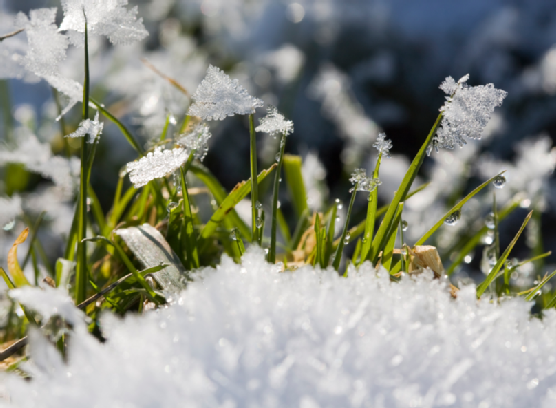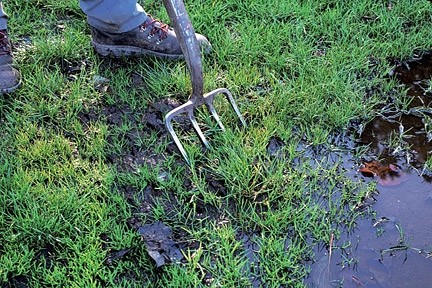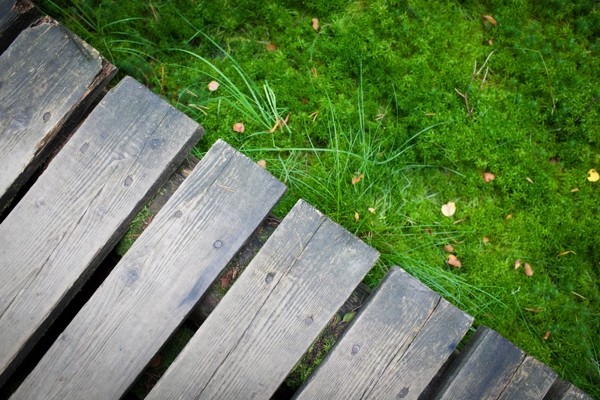Turf & Lawn Blog
Looking After Your Lawn in Winter
Winter Lawn Care Guide
During the winter, lawn turf can really suffer from the weather. It’s particularly bad if you can’t avoid walking on your lawn, for example, if you need to get to the shed, to fill up bird feeders, or to get to a compost heap. So what can you do to protect your lawn, and give it the best chance of surviving winter unscathed?
- Stay off it if possible
- Aerate if necessary
- Use moss killer and repair the damage
- As a last resort, replace your lawn
- Good care throughout the year

We know it’s not always easy, but if you can, avoid walking on a waterlogged or frozen lawn. If you can’t, then there are a few tricks. Don’t always walk across the same track, but take different routes across the lawn. If it’s really waterlogged, put down a plank temporarily to avoid compressing it more than absolutely necessary.
If you have a very waterlogged area of lawn, you can spike it using a fork or aerator. This probably works especially well if you have a clay soil, as it gives the water a chance to drain. For really waterlogged soil, put some sharp sand into the holes to improve drainage. But do put down a plank first, to avoid walking on the lawn and compressing it further while you’re working! It’s also best to sweep any standing water off the lawn, using a brush, before you spike. In future years, spike well in autumn to prepare your lawn for a wet winter.

Waterlogging is often caused by poor preparation of the ground before the lawn was laid. If you really can’t solve your waterlogging problems with spiking, then you will need to replace the lawn. Remove all the turf, and lay new high quality turf, having added a layer of sharp sand first to improve the drainage. You can usually buy turf from turf suppliers.
Keep an eye out for moss, which likes to grow in damp conditions. If necessary, use a proprietary moss killer, following the manufacturers’ instructions about how to apply. You may also want to get some lawn seed, to reseed once the weather warms up.

It’s probably not what you want to hear right now, as you look out at your poor, battered lawn, but the best way to look after a lawn in winter is to give it the proper care in spring, summer and autumn! Regular feeding with the recommended feed in spring and summer, and then autumn, will help your lawn grow a strong root system to withstand bad weather, no matter whether it’s drought in summer or waterlogging in winter.
When you subscribe to the blog, we will send you an e-mail when there are new updates on the site so you wouldn't miss them.
